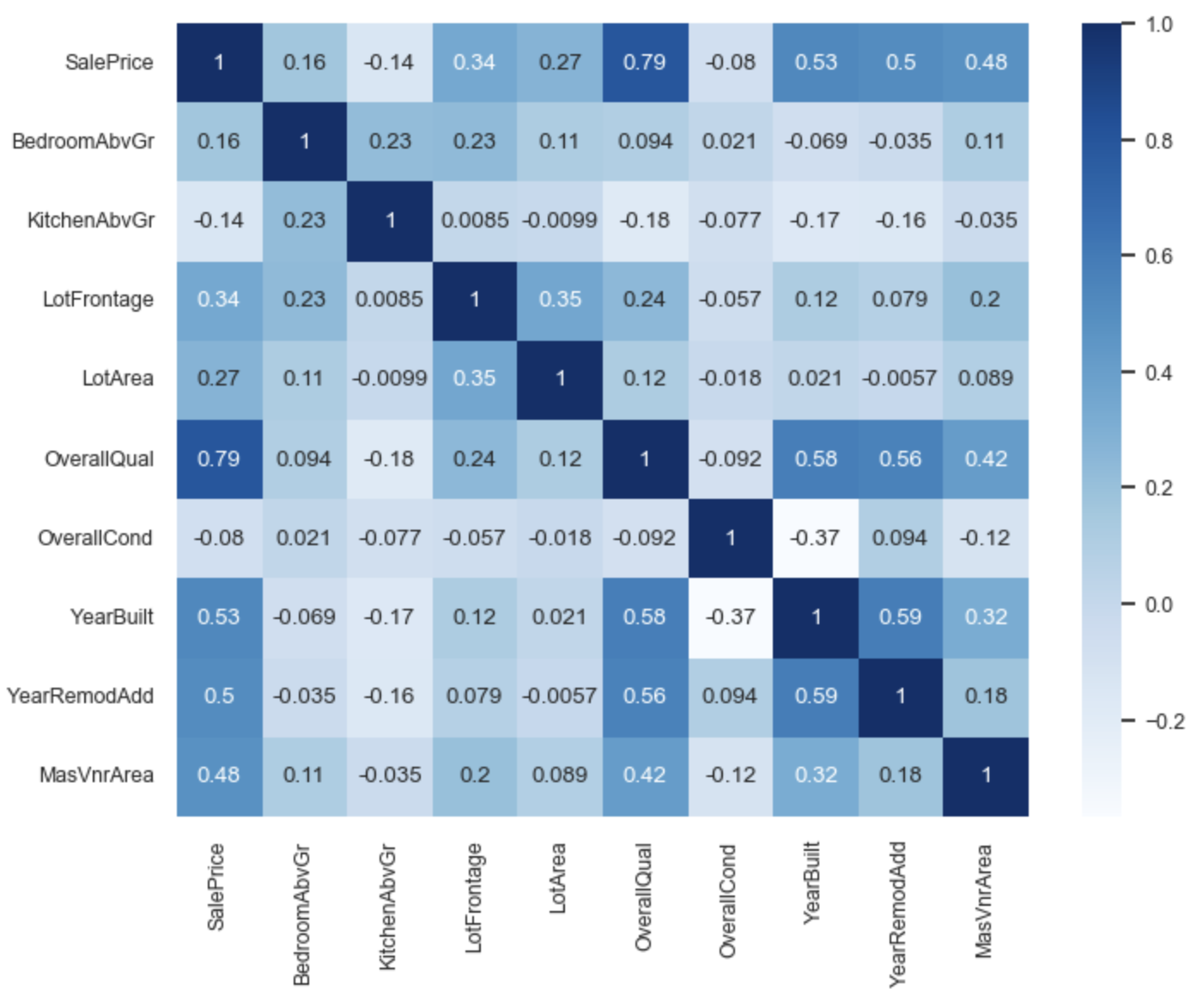CPSC 330 Lecture 12: Feature importances
Focus on the breath!

Announcements
- HW4 grades are released
- HW5 is due next week Monday. Make use of office hours and tutorials this week.
- Midterm grading in progress. We should be able to return the score later this week.
iClicker
How did you feel about the exam last week?
- I felt well-prepared and it went smoothly
- I think it went okay. We’ll see when grades come back
- I struggled and didn’t feel fully prepared
- I noticed some gaps between what we practiced and what appeared on the exam
- It was a stressful experience for me 😔
Scenario 1: Which model would you pick? Why?
Predicting whether a patient is likely to develop diabetes based on features such as age, blood pressure, glucose levels, and BMI. You have two models:
- LGBM which results in 0.9 f1 score
- Logistic regression which results in 0.84 f1 score
Scenario 2: Which model would you pick? Why?
You’re building a model to predict whether a user will make their next purchase based on their browsing history, past purchases, and click behaviour. You have two candidate models:
- LGBM which results in 0.9 F1 score
- Logistic regression which results in 0.84 F1 score
Transparency
In many domains understanding the relationship between features and predictions is critical for trust and regulatory compliance.
Feature importances
- How does the output depend upon the input?
- How do the predictions change as a function of a particular feature?
- How can we quantify and visualize feature importances?
How to get feature importances?
Correlations

- What are some limitations of correlations?
Interepreting coefficients
- Linear models are interpretable because you get coefficients associated with different features.
- Each coefficient represents the estimated impact of a feature on the target variable, assuming all other features are held constant.
- In a
Ridgemodel,- A positive coefficient indicates that as the feature’s value increases, the predicted value also increases.
- A negative coefficient indicates that an increase in the feature’s value leads to a decrease in the predicted value.
- A positive coefficient indicates that as the feature’s value increases, the predicted value also increases.
Interepreting coefficients
- When we have different types of preprocessed features, what challenges you might face in interpreting them?
- Ordinally encoded features
- One-hot encoded features
- Scaled numeric features
Class demo
